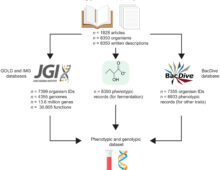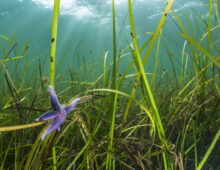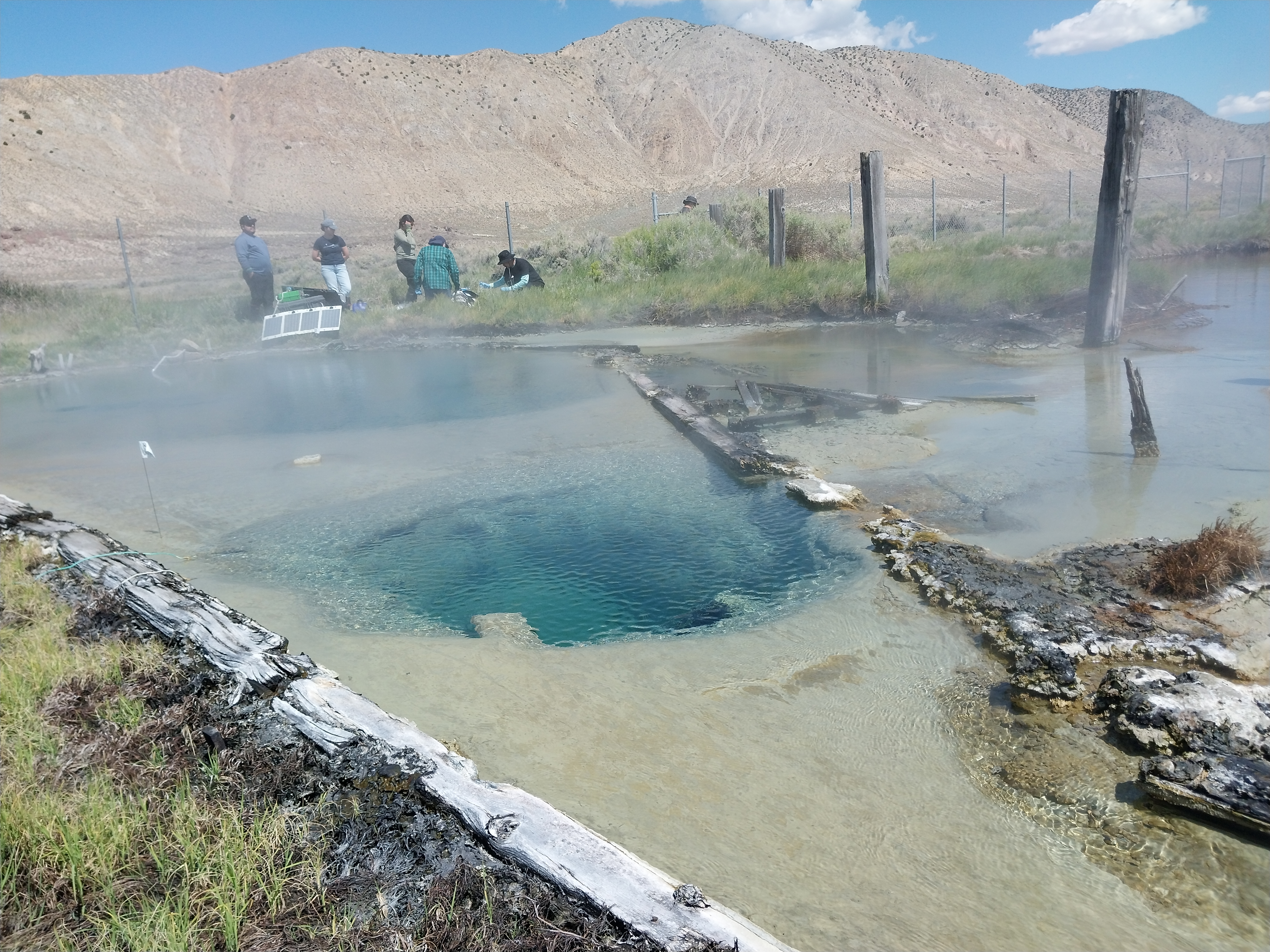
Finding the Fermenters
Building off JGI and KBase data resources, researchers developed an interactive and comprehensive database of fermentative microbes. [Read More]



Rapid technological advances in genomics have transformed modern biology. From its inception, the Department of Energy Joint Genome Institute has been at the forefront of large-scale sequence-based science.